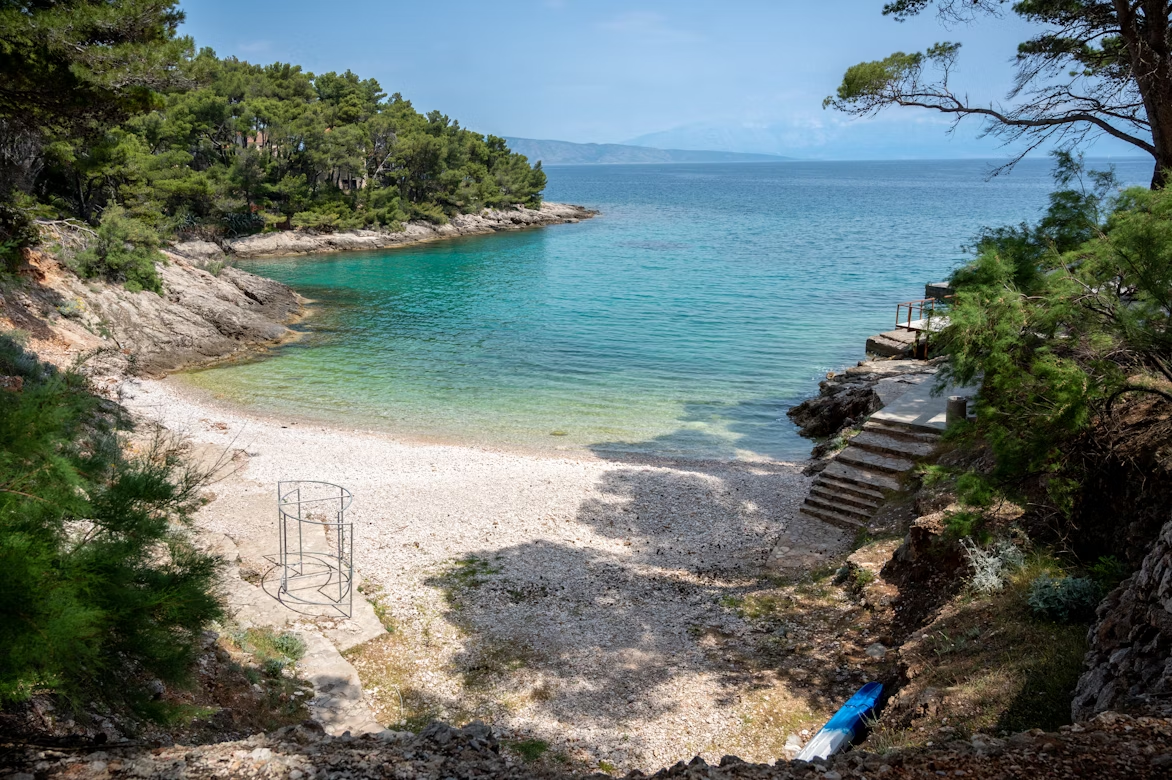The Island of Brač, Croatia’s third-largest island, is taking bold steps to secure its water resources in the face of climate change. The pilot project focuses on upgrading the island’s water supply system to significantly reduce losses and improve efficiency.
For years, Brač’s water distribution system relied on outdated, turbine-based meters—some over 20 years old. These meters lacked the precision and real-time data required to identify losses and react swiftly. Given the increasing impact of climate-induced droughts, such inefficiencies became critical.
Working collaboratively, project partners EIHP, SDC, and Vodovod Brač launched a phased implementation plan. After detailed market analysis during, equipment procurement began, splitting responsibilities between the SDC and Vodovod Brač.
The County purchased 15 magnetic-inductive flow meters and one remote water flow detector while Vodovod Brač secured 10 data loggers and a Vibrophone MTC. This ensured comprehensive coverage and functionality across multiple points of the island’s distribution network.
All equipment was delivered by late 2024. The fixed magnetic meters were installed gradually to avoid disrupting supply—mostly during nighttime. Vodovod Brač also had to make additional electrical installations for the meters to operate at full capacity, which slightly extended the timeline.
By February 2025, all installations were complete. The meters were fully operational and continuously monitoring the system. The utility also created a dedicated water loss detection team, significantly enhancing internal capacity for leak detection.
Expected Impact
- Real-time monitoring of water usage and potential losses
- 10% targeted reduction in water loss
- Resilient supply during peak tourist season
- Strengthened capacity within Vodovod Brač
- Better alignment with local climate adaptation strategies
- With installation complete, the project will now focus on data analysis and public engagement. Results will be integrated into regional adaptation tools, and lessons learned will be shared with other utilities
This pilot showcases how local collaboration, and smart technology can make tangible progress toward climate resilience—starting drop by drop.
